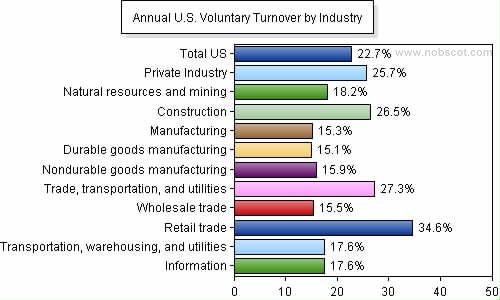

Job openings and labor turnover for Oregon, seasonally adjusted (in thousands) EstimateĬhange from January 2023 to February 2023 (p) Voice phone: 20 Telecommunications Relay Service: 7-1-1. Information in this release will be made available to individuals with sensory impairments upon request. Levels and rates of other separations represent a small portion of total separations and are not published with the release of state estimates.Ĭomplete definitions, including exclusions, and additional information about the State JOLTS data presented in this release are available in the State Job Openings and Labor Turnover Technical Note. Other separations include retirements, transfers to other locations, separations due to employee disability, and deaths.Layoffs and discharges include involuntary separations initiated by the employer.Quits include employees who left voluntarily, except for retirements or transfers to other locations.Separations include all separations from the payroll during the entire reference month and is reported by type of separation: quits, layoffs and discharges, and other separations. Hires include all additions to the payroll during the entire reference month. Higher ratios indicate there are more unemployed persons competing for each job opening. Lower ratios signal tighter labor markets, where firms have more job openings than there are unemployed persons available to work. A ratio of 1.0 means there is a job available for every unemployed person. The number of unemployed persons at the national level is an estimate from the Current Population Survey (CPS), while state-level unemployment estimates are modeled by the Local Area Unemployment Statistics (LAUS) program. The number of unemployed persons per job opening is a ratio of the level of unemployed persons and the level of job openings. The employer is actively recruiting workers from outside the establishment to fill the position.

A specific position exists and there is work available for that position.A job is open only if it meets all three of these conditions: Job openings include all positions that are open on the last business day of the reference month. For more information see the JOLTS State Estimates Methodology. The state estimates produced by JOLTS are model-based incorporating JOLTS sample, Quarterly Census of Employment and Wages (QCEW), and Current Employment Statistics (CES) estimates. The JOLTS program provides information on labor demand and turnover. This news release presents statistics from the Bureau of Labor Statistics’ Job Openings and Labor Turnover Survey (JOLTS). The State Job Openings and Labor Turnover Summary has additional information.Īdditional information about 2023 changes to State and National JOLTS estimates, including the annual average calculation method, is available online. Upcoming Changes to State Estimates from the Job Openings and Labor Turnover SurveyĮffective with the release of May 2023 data on July 26, 2023, the Job Openings and Labor Turnover Survey (JOLTS) state estimates will be benchmarked, estimation methodology to reduce variance will be modified, and 2022 state annual estimate will be published. Layoffs and discharges have averaged 17,000 per month, ranging from 13,000 to 26,000. (See chart 3.) Over the last 12 months, quits averaged 55,000 per month, ranging from 48,000 to 62,000. Hires and total separations in Oregon, seasonally adjusted (in thousands) MonthĪmong the February separations in Oregon, 51,000 were quits and 21,000 were layoffs and discharges, compared to 55,000 quits and 18,000 layoffs and discharges in January.

Nationwide, 31 states and the District of Columbia had ratios in February that were lower than the national measure of 0.6 unemployed persons per job opening 12 states had ratios that were higher than the national ratio, and 7 states had ratios equal to the national measure. The ratio of unemployed persons per job opening in Oregon was 0.9 in February. Job openings as a percent of employment for the United States and Oregon, seasonally adjusted Month


 0 kommentar(er)
0 kommentar(er)
